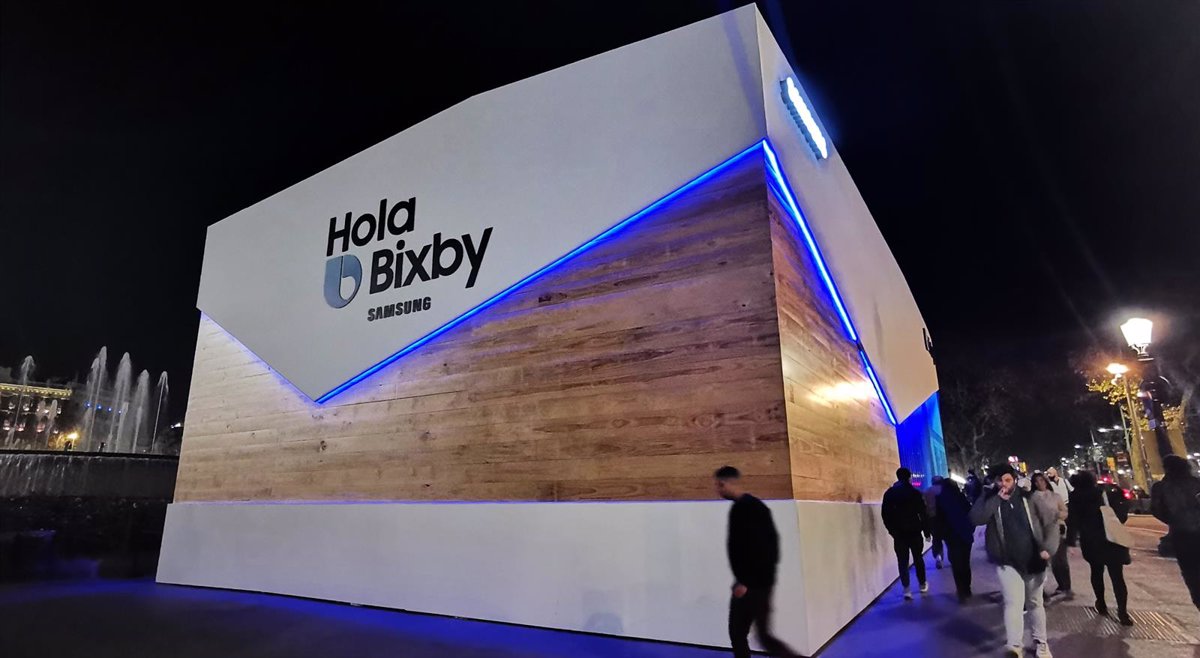The Spanish mining company, Cobre Las Cruces (CLC), is part of the EU-funded RAWMINA project. This project aims to extract cobalt, tungsten, gold, and silver from mine waste using new technologies. These innovative extraction methods are crucial for the energy transition as they support the development of renewable energies and new energy storage systems such as electric vehicle batteries. One of the methods being tested is bioleaching, which uses microorganisms to extract metals from rocks in a hydrometallurgical process.
Bioleaching offers several benefits over conventional metallurgical processes, including lower energy and chemical consumption, reduced CO2 footprint, and lower capital and operational costs. The testing of these methods will take place at the pilot plant built by CLC in 2016 as part of its future polymetallic refinery project. Being able to produce critical raw materials from mine waste could help reduce European dependence on external markets like China.
The RAWMINA project has been ongoing since 2021 and is now in its final phase. It involves an international consortium of 19 specialist partners from 10 countries. Joaquín Gotor, Director of Innovation and Environment at CLC, highlighted the role of this project in adding new metals to their production portfolio while contributing to greater environmental sustainability in the green transition. Marco Lopes, Impact Acceleration Manager at Crowdhelix, sees RAWMINA as a key player in mitigating EU critical resource scarcity by revolutionizing raw material production within the EU by leveraging mine waste resources. Through an innovative pilot system, RAWMINA aims to establish a sustainable and efficient process for extracting these essential materials.



